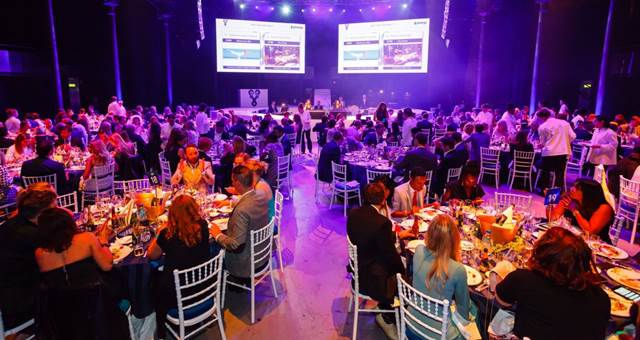
Spice caught up with Ben Feltham from Proj-X to find out what is hot in event tech for 2016.
Technology is advancing at an exponential rate and it’s revolutionising every business sector imaginable – including the events industry. Forward-thinking organisations are devouring their way through a smorgasbord of acronym-heavy tech such as RFID, NFC and UHF, and exploring new ways of using these systems to gather valuable insights into consumer needs.
Companies that are willing to step into the future and extract business value from this technology may be able to drastically boost engagement, drive sales and raise their brand’s profile. On the other hand, organisations that are slow to adapt to the tech-heavy landscape risk getting left behind by those who aren’t afraid to embrace change and disrupt the status quo.
Let’s take a look at what the future has in store for events technology.
1. Closing the gap between exhibitors and marketers
In many ways, the smartphone signified the arrival of the information age. People across the planet are now connected, learning and sharing in unprecedented ways, and marketers have been quick to take advantage of this opportunity. Thanks to modern customer relationship management systems, marketers have long been able to build detailed profiles on customers based on their interactions with touch points across multiple platforms. Connecting the dots between these interactions has given marketers the power to create customised journeys specifically tailored to an individual customer.
There is similar potential in the events sphere, though most of the big players have been slow to react. This is understandable – after all, the industry has remained largely unchanged for the last century or so, and it’s only in the last five or ten years that innovative companies have begun to realise the potential of technology.
Thankfully, this looks set to change as the tech revolution takes over the events sector in 2016. In the months and years ahead, engagement-measuring technology will become an increasingly common part of exhibitions in Australia and around the world, providing decision makers with a holistic view of how attendees interact with their product, service and brand.
Expect business leaders to develop a better understanding of how technology can provide them with the insights they need to make better decisions, deliver a better customer experience and ultimately strengthen their companies’ brands.
2. Technology as a learning opportunity
It’s important to note that companies should not be focusing on specific pieces of technology. While investing in flavour-of-the-month tech might help your company stand out from the masses momentarily, diving in without giving much thought to strategy will provide you with little value.
Instead, the conversation needs to be centred on how technology can be integrated into an organisation’s events strategy in order to measure engagement and make informed decisions when it comes to the next conference or trade show.
With this in mind, it’s easy to see the real value in technology lies in its use as a learning opportunity. Every single engagement is the chance for exhibitors to learn something new about the customer. Every time an event attendee does something on site, it will be tracked, recorded and collated into a company’s marketing system, providing business leaders with a level of feedback that has never before been possible.
3. A shift away from using technology for the sake of it
Capitalising on these learning opportunities will encourage decision makers to stop using technology for the sake of it. In years gone by, many exhibitors have been guilty of integrating state-of-the-art tech into their booths without much thought as to the business benefits it actually provides.
Many event mobile apps, for example, are simply digital conference guides. They’re somewhat convenient and undoubtedly better for the environment, but they don’t take advantage of the full potential of the smartphone. Such applications don’t deliver insights into attendee behaviour or provide any value to business leaders – they’re simply digital maps.
To make the most of such opportunities, businesses need to be asking themselves how they can turn the technology they have at their disposal into business value. Doing so will allow exhibitors to measure a range of metrics, including the type of touch points event attendees are interacting with, their levels of engagement and what content is being downloaded. This insight enables leaders to modify their next event in line with the needs, demands and expectations of their customers.




